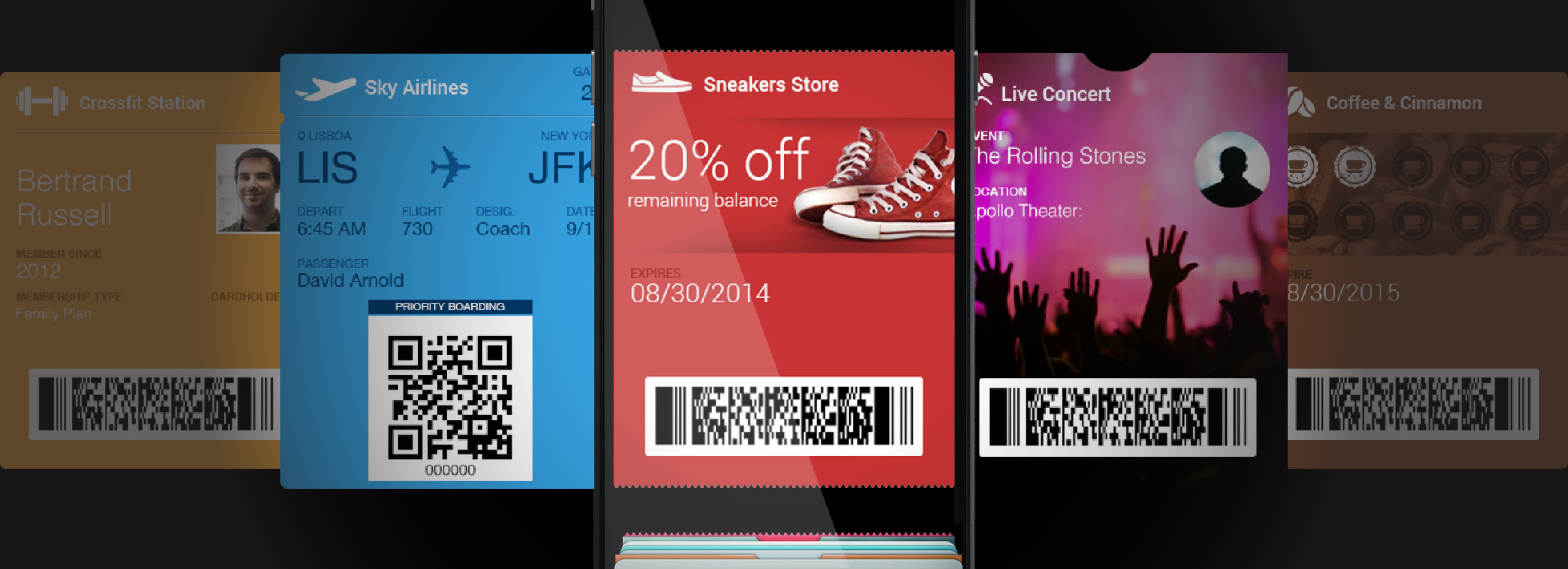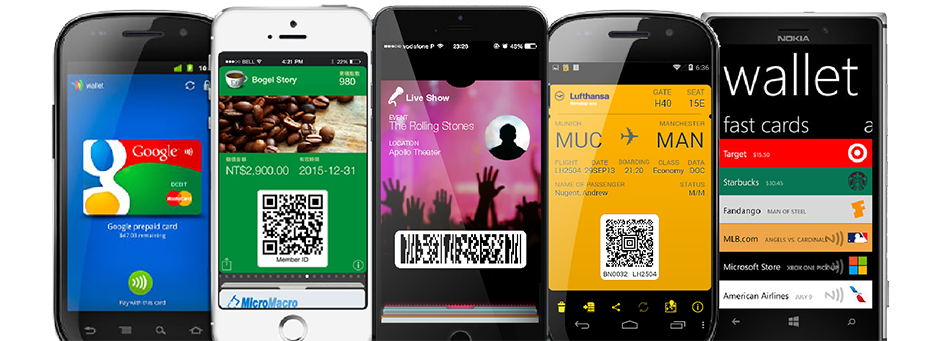Passbook offers brands a significant opportunity to drive engagement with customers and increase store foot traffic through one convenient app.
Passbook is an app native to Apple devices, pre-installed on all operating systems that run iOS 6 or later. The essential premise is one place to store coupons, event tickets, loyalty cards and the like, but more than just being a digital wallet, it also represents huge marketing potential for brands.
The fact that Passbook is a default app means a target audience already exist that are accustomed to using it. In the US Passbook is already the 4th most popular mobile commerce app and a fifth of all iPhone users already use it to download coupons. Furthermore, with over 300 million iPhones around the world and all future devices set to have Passbook installed, the wide range of users that brands can reach is vast.
The convenience of having all a wallet’s non-payment aspects in one app is beneficial to both brand and customer. For example, the easier access to both coupons and loyalty cards allows brands to offer their customers a seamless interchange between the two whilst increasing sales and providing better customer service.
Location-based notifications enhance the dynamic features of a Passbook pass allowing brands to send updated information to their customer’s phone via push notifications, which highlights the potential to refine marketing strategies with more personalised, relevant offers. Apple’s iBeacon technology has already paved the way for geolocation to play a key role in brand to customer interaction.
Incorporating Passbook passes into a brand’s existing mobile marketing strategy has been shown to boost sales and increase coupon conversion rates, with 64% higher conversions compared to regular mobile web coupons. It also provides a totally different platform to a brand’s app, as consumers don’t want to fill their phones with apps for every different shop or restaurant, and require a simpler, more expedient way of utilising their smartphone whilst in-store.
Crucially for smaller brands, Passbook doesn’t need an app to work alongside it, as passes can be added straight to it via email or SMS. This opens up the barriers to entry, enabling brands with smaller resources to have a cost-effective way to offer their customers mobile content and drive up sales. However, there are also Passbook-enabled apps which prompt you to add a pass straight to Passbook allowing both to work in conjunction together.
Apple’s latest updates to iOS7 have made Passbook even more brand and user-friendly with features such as a barcode scanner allowing passes to be easily added on-the-go by scanning a QR and a share icon on the pass. These features make Passbook more accessible, ultimately helping to increase brand loyalty by allowing maximum exposure of a pass.



